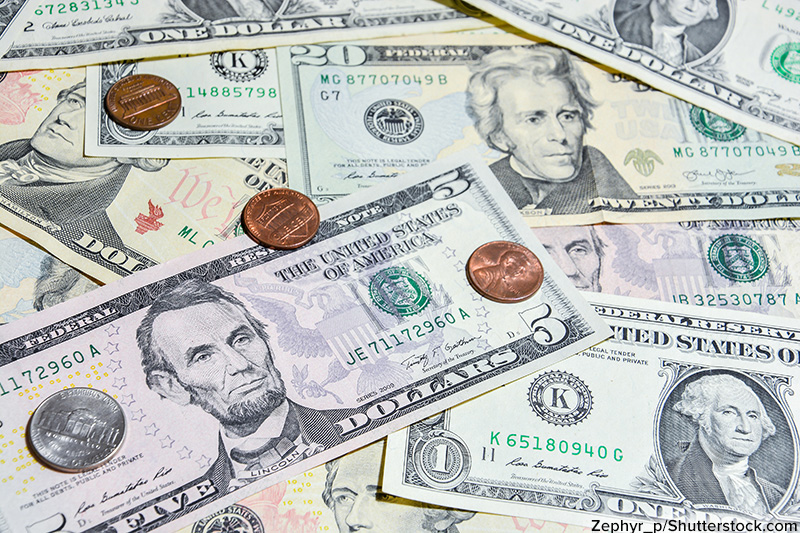- Current Events New Alabama Congressional District Selects Candidates
- Current Events Nebraska Rejects Winner-Take-All Proposal
- Citizenship Voting Under Age 18
- Citizenship Citizenship in Action
- Democratic Party Biden’s and Trump’s Recent Primary Results
- Elections Trump and Biden Win South Carolina and Michigan Primaries
A Look at Campaign Financing
As you might suspect, running for president of the United States is expensive. Very, very expensive. As candidates head into the final stretch of campaigning in the primary season before switching gears into the general election, Election Central takes a look the laws that govern campaign finance, the types of funding, where it comes from, and who benefits most.
A Brief History
Money has always played a significant role in politics. In the early days of our country, voting rights were limited to landowners, and wealthy families became very involved in influencing politics. Andrew Jackson was the first to organize a campaign as we know it today. His staff organized rallies and fundraisers that led to a doubling of overall voter turnout for the election of 1828.
By the late 1800s, corporate contributions were at an all-time high, with one quarter of Ulysses S. Grant’s run paid for by a single donor. This led to Congress passing the Tillman Act, the first federal legislation restricting political contributions. There have been continued attempts to restrict or control the way campaigns are funded ever since–the most recently significant being Citizens United v. FEC. In 1975, Congress created the Federal Election Commission. One of its fundamental duties is to enforce federal campaign finance laws, as well as publicly disclose information required by all candidates.
Fundraising
Those running for the 2016 election have collectively raised more than a trillion dollars. Candidates receive donations from three fundamental sources: self-funded, individuals, and outside organizations.
- Self-Funded There is no limit on the amount of money a candidate can spend of his or her own money to get elected. However, if she or she wins, “loan repayment” is possible with future contributions received once in office. Of the current candidates, Donald Trump’s campaign is the only one that reports any self-funding, and its reported numbers indicate that self-funding makes up 75 percent of his fund so far.
- Organizations There are many different ways for collective bodies of people to join together to support candidates. The most popular are Political Action Committees (PACs), of which there are many different kinds (including the Super PAC). PACs raise money on behalf of (or against) a particular candidate. Hillary Clinton has raised more money from PACs (nearly $1.1 million) than all of her rivals combined.
- Individuals Those wishing to get the word out (and the money in) have more avenues available to them than ever before. Candidates traditionally host dinners where invitees pay a large per-plate fee. The advantage is the ability to raise a significant amount of money in a single night. Fundraising through the Internet is now commonplace, with all candidates equipped with the ability to accept donations via credit card. While Democratic candidate Bernie Sanders has gained a lot of attention for having a contribution base that is 99 percent individual contributions (65 percentof that number consisting of small donations, on average of $27), Ted Cruz’s campaign was considered 100 percent funded through contribution.
Dig Deeper Choose one candidate and make two charts based on the amount of campaign income they have received and how much has been spent so far.
NOTE: Figures obtained from the Center for Responsive Politics



